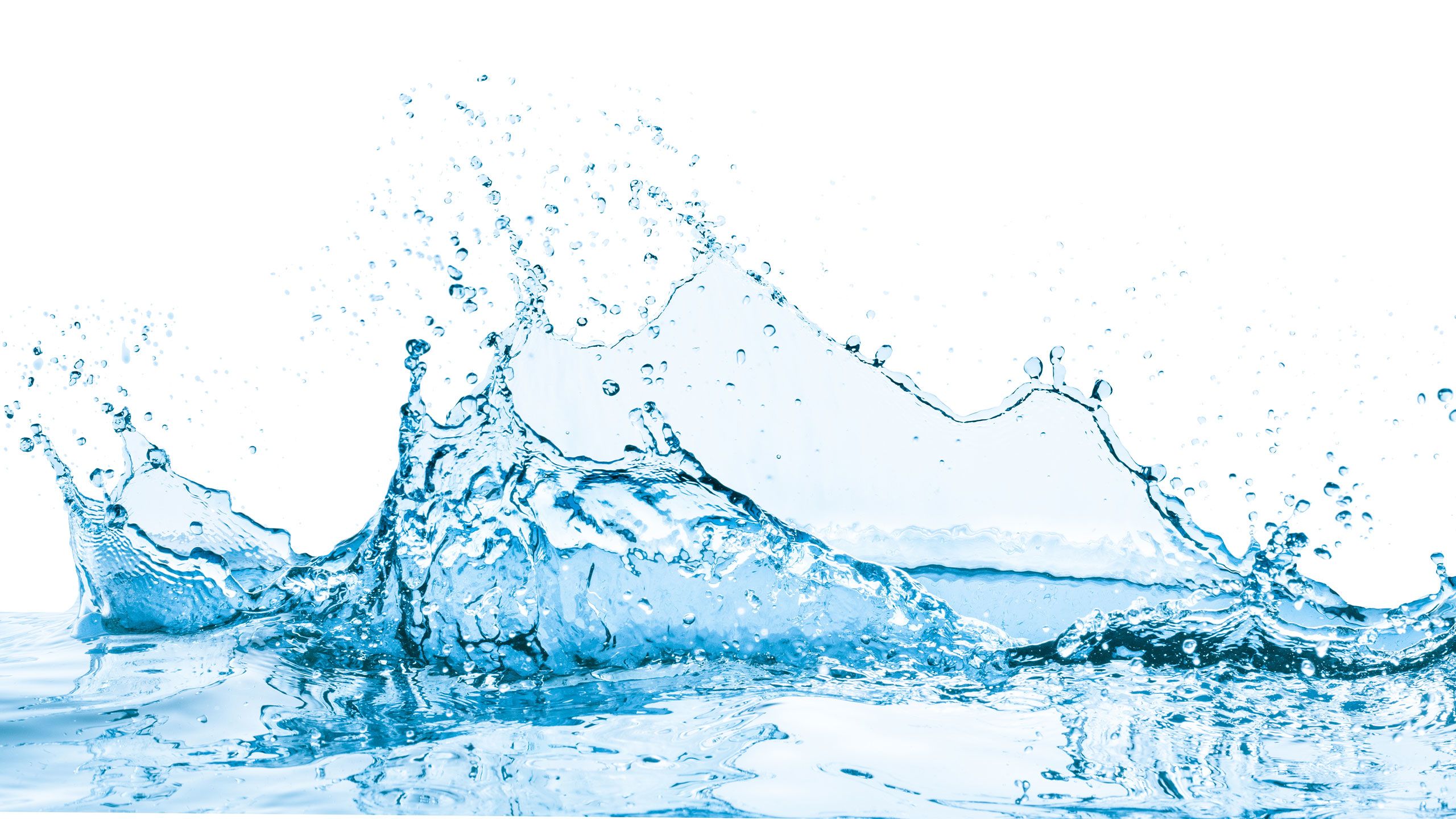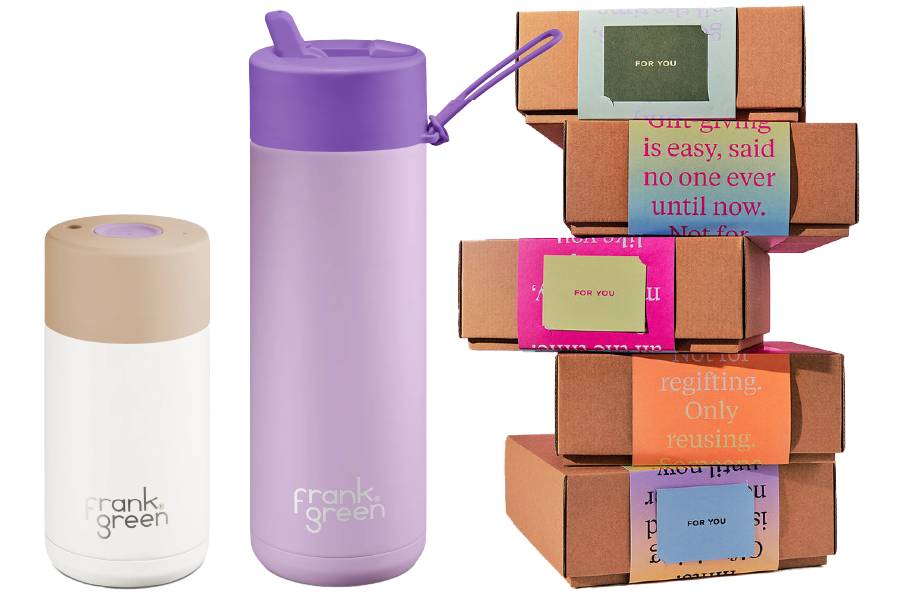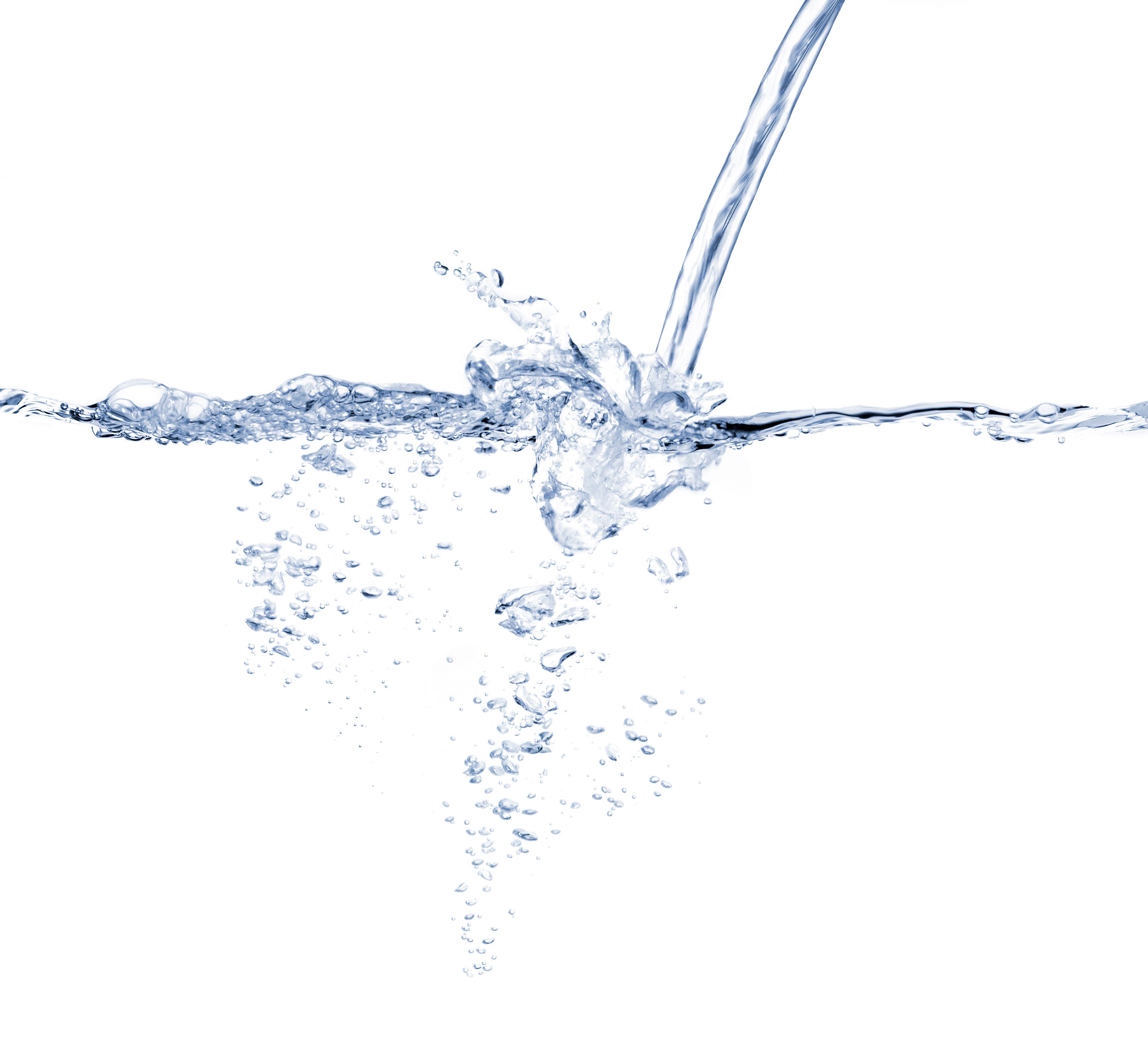Thirst trap:
how well do you hydrate?
UQ Mythbusters

Large, reusable water bottles, once largely consigned to the gym and the hiking trail, are claiming a growing presence in our offices, cars and social media feeds. It seems we’re more aware than ever of the need to stay hydrated, and to do so in a healthy and sustainable way.
But how many hydration misconceptions are you carrying around along with your designer canteen? We asked UQ Professor of Community Health and Wellbeing, Professor Lauren Ball, to set the record straight on some well-travelled ‘facts’ about drinking water.
Key points
- The old ‘8 glasses a day’ rule isn’t far off the mark.
- Water isn’t the only way to hydrate – keep an eye on other beverages and foods.
- If you feel thirsty, you’re already dehydrated.
- Yep, the colour of your urine is indeed a helpful indicator of hydration!
Win a Frank Green set
We’re giving away a Frank Green set, including a 595ml reusable water bottle and 355ml reusable coffee cup. Enter the draw for your chance to win!

Image: Frank Green
Image: Frank Green
Entries close 5pm Friday 7 June, terms and conditions apply.
Q: Help us set the record straight once and for all: how much water should we drink every day? Is the old '8 glasses' rule fact or fiction?
A: Water is essential for managing health and wellbeing. Because we all have unique bodies, there is no exact amount of water we should all aim for each day. The 8 glasses per day rule is quite a good guide, which is roughly 2 litres. People with larger bodies, those who play sport, and those who live in warm environments are likely to have higher requirements.
Q: What do we need to know about hydration and exercise? Is it most important to hydrate before, during or after we work out (or all of the above)?
A: For most people, the likelihood of dehydration is much greater than the likelihood of overhydration, given our body easily regulates water content through urine output. Therefore, hydrating, however and whenever possible, is key. This includes before exercise, during any breaks and afterwards.
Q: Is the popularity of big and beautiful water bottles a good thing if it keeps us sipping all day? Or is there a downside?
A: If fashion trends help us to stay hydrated, I’m all for it! Let’s just hope we remember to take our water bottles and fill them up after they are empty. Some water bottles can be so big and weigh over 3 kilograms when full (i.e. greater than 3 litres of water), so this can make backpacks and handbags very heavy. The most sensible approach is the one that keeps your fluids up throughout the day.
Q: Is water the only way to hydrate? Is it even the best way?
A: Tea and other unsweetened flavours such as lemon and mint can help to keep hydration interesting for our taste buds. Water is also a component of foods, so soups, smoothies and vegetables are also good options for staying hydrated.
Q: They say that if you feel thirsty, you're already dehydrated. Is this a furphy?
A: Thirst is certainly a sign of dehydration, so keep up fluid intake regardless of thirst. Drinking water throughout the day is not only important for hydration, but also cell function, kidney function, circulation and digestion.
Q: Is it true that dark-coloured urine is a sign of dehydration?
A: The colour of urine is an indication of the concentration of solutes. The lighter the colour, the greater likelihood that your body is receiving adequate fluid. A good goal is for urine to be as light as possible, especially after heavy training or on hot days.
Headline video and image: kubais/Sanit/Adobe Stock



